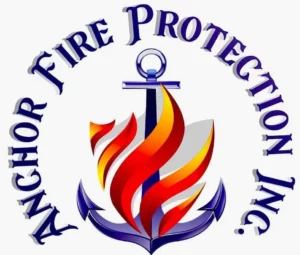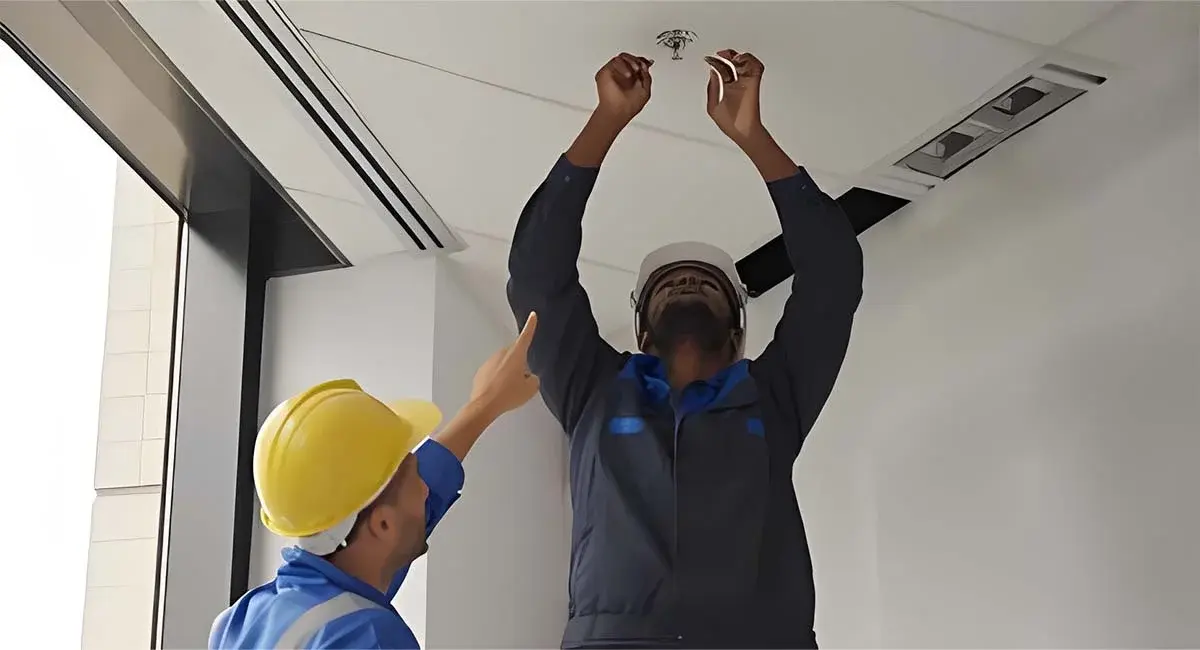How to install a fire sprinkler system in your house?
Why is a fire sprinkler system important?
Worldwide, fire catastrophes claim lives each year. The National Fire Protection Association (NFPA) estimates that 3,790 people died in fire-related accidents in the United States alone in 2022. This statistic illustrates the seriousness of the problem and is taken from their “Fire Loss in the United States” study. The study also shows that there are 13.0 fire deaths per million, which is an alarming 33% rise from the record low in 2012. According to estimates from the World Health Organization (WHO), fire accidents claim the lives of 271,000 people each year. This data highlights the problem’s global reach and was gathered for their “Global Health Estimates 2020” study. Fire sprinkler system installation is a commitment to your family’s safety and well-being, not just a financial choice. In fire situations, quick action is crucial, and fire sprinklers can offer the critical seconds that can make all the difference. Fire sprinklers can save lives in the following ways:
- Cut property damage by 40% and fatalities by 80% (NFPA).
- Early fire extinguishing prevents malfunctions and minimizes damage.
- They run continuously, in contrast to human involvement.
- Less expensive insurance and legal responsibilities.
- Raise the value of the building to draw in more rent.
- Enhance the safety and comfort of occupants.
At Anchor Fire Protection Inc., we specialize in professionally installing a fire sprinkler system that is customized to meet your unique requirements. We ensure your property obtains the best level of fire protection by using the latest technology and abiding by all local requirements. We can create a solution that is specifically tailored to meet your needs because our staff consists of qualified experts with training in a variety of fire sprinkler systems.
Types Of Fire Sprinkler Systems
One would like to learn how to install one of the four types of fire sprinkler systems in their home. Among them are:
Water-filled Pipe
- Used in most typical household environments.
- Pipes are always full of water under pressure.
- When a sprinkler head reaches a certain temperature, it immediately activates and releases water.
- It takes prompt action to put out a fire quickly.
Dry Pipe
- Perfect for empty, unheated spaces where pipes can freeze.
- Instead of using water in pipelines, use nitrogen or air pressure.
- Heat causes a valve to open, releasing pressured air and enabling water to flow to sprinkler heads.
- The response time is marginally slower than that of wet pipe systems.
How to install a fire sprinkler system at home?
You can install the fire sprinkler system yourself, just in case you were curious, although the American Fire Sprinkler Association strongly advises against doing so unless you have the necessary skills. It is usually recommended that sprinkler systems be installed in accordance with National Fire Protection Association rules. Always adhere to the instructions provided by the manufacturer for the sprinkler system you are using, and hiring a licensed professional to assist with the work is always a good idea.
Preliminary Plan
The first planning phase is the core element of a fire sprinkler system installation. You may be certain that your fire prevention system is built to the highest standards and will take decisive action when needed by entrusting this important stage to qualified personnel.
- Every house has different needs when it comes to fire safety. The size, kind of construction, and number of residents of your property are all carefully taken into account during this initial inspection.
- A key factor is the pressure on the city’s water supply. A direct connection to the system is possible at an ideal pressure of 100 PSI. Investing in a specialized water storage tank and pump may be necessary due to inadequate pressure.
- Identify the most efficient pipe routing and sprinkler head placement by examining your floor layout, ceiling heights, and existing elements, such as wiring and plumbing systems.
- This phase involves describing the types of sprinklers, the quantity and arrangement of heads, the pipe sizes and configuration, and the position of the control panel.
- Obtaining formal approval from the appropriate authorities guarantees that your design complies with all construction codes and safety requirements.
Install a Fire Sprinkler System
The procedures listed below should be followed while installing a fire sprinkler system in your house.
- The selection of premium components is the first step towards building a dependable fire sprinkler system. Collaborate with reliable vendors for pipes, valves, and sprinkler heads.
- Skilled specialists install pipes throughout your house, making sure they are properly supported and protected for optimal performance.
- A strong network is created by connecting them with pipe cement and fastening them to studs with galvanized pipe straps.
- Every sprinkler head finds its designated spot according to the pre-planned layout. Safe enclosures prevent accidental activation, which is particularly important in spaces with low ceilings.
- Pipes in uninsulated locations need to be insulated in order to keep water from freezing in the winter. This ensures that the system is ready for the winter and keeps it safe.
- Repair any holes in the drywall created during installation, and consider using crown molding to hide pipes that run along the top of walls so that the overall design of your house is preserved.
- A multi-layered defensive network is created by installing control panels and alarms that are seamlessly linked with your current fire safety system.
Completion and Testing
The installation of your fire sprinkler system is just the beginning. Thorough testing makes sure everything works as it should. Every element—from sprinkler activation and sirens to water pressure—is carefully inspected to ensure a smooth emergency response.
Have you made it through the pressure test and final inspection? At this point, officials examine everything and provide their formal clearance. That’s not all, though.
In order to comprehend the workings and constraints of the system, residents or building users require training. Frequent maintenance and inspections spot any problems before they become ones, guaranteeing that your system is always prepared to take action when called upon. Make service investments to have a trustworthy fire safety net.
Benefits of Fire Sprinkler System Installation By a Professional
- Experts make sure your system complies with all applicable building and fire codes, avoiding expensive infractions and delays.
- Competent specialists with expertise in sprinkler schemes guarantee the best possible coverage and water pressure throughout the structure.
- Professionals employ high-quality, approved materials and conform to accepted industry standards.
- Professionals carry out regular tests and inspections. A specialist service provider will offer a timely solution to any emergencies or problems.
- Professionals can advise building inhabitants on how to operate the system correctly and follow fire safety procedures.
Common Myths Related to Fire Sprinkler System Installation at Home
A few common myths and misconceptions regarding fire sprinkler installation in your home are:
Myth: The fire sprinklers will flood my house with water if there is even a hint of smoke.
In modern times, heat, not smoke, is what triggers fire sprinklers. The only sprinkler head that will turn on when it gets close to a fire will do so by releasing a precise amount of water to put out the flames.
Myth: Installing fire sprinklers will destroy my home’s appearance and cost a lot of money.
Answer: Fire sprinkler installation is now much less expensive. Improvements create aesthetically pleasing sprinkler heads that complement any interior design. Homes with sprinkler systems are eligible for savings from several insurance carriers.
Myth: The smoke detectors I now have provide adequate fire protection.
Answer: It is a fact that smoke detectors don’t put out flames, but they do offer early warning. Flame sprinklers suppress the flames directly, serving as an essential first line of defense.
Myth: Living with fire sprinklers is tough and requires continual upkeep.
Answer: Yearly inspections are typically the only maintenance needed for modern fire sprinkler systems. They are meant to be discreet and don’t require you to take any further steps in your day-to-day activities.
Myth: When cooking or performing other small tasks, fire sprinklers may mistakenly go off.
Answer: Fire sprinklers only come on when temperatures are high enough to override the spectrum of typical household activities. It is extremely unlikely that ordinary events may accidentally activate.
KEEP YOUR PROPERTY SAFE
Related posts
-
Fire Safety Tips for the Workplace
-
Fire Safety Tips for Hospitals
-
How to size fire pumps?
-
Different types of sprinklers?
-
What is fire protection system?
-
Fire Extinguisher Inspection
-
Fire Sprinkler System Components
-
What are the most common types of fire pumps?
-
How much does a fire sprinkler system cost?
-
What is active and passive fire protection?

